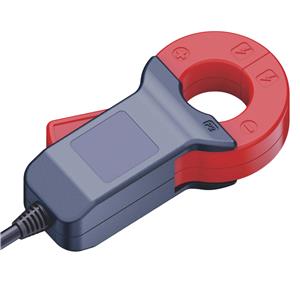Current Transformer and Potential Transformer
Current transformer
Also known as CTs, current transformers are devices that measure alternating current. They are widely used to measure high magnitude currents.
A current transformer essentially lowers (steps down) a high current to a lower, safer level that you can manage properly. It steps down the current to be measured so that you can measure it with an average range ammeter.
Functions of a current transformer include:
Converting large primary currents into small 1A/5A current
Providing the current for the coil of measuring device and protective relaying
It separates primary voltage from secondary voltage.
Potential Transformers
On the other hand, potential transformers, also known as voltage transformers, measure an aspect of the power supply. While a current transformer measures current, the potential transformer measures voltage.
The majority of American homes use different voltages for various purposes.
Functions of the potential (voltage) transformers include:
It measures and reduces high voltage values into lesser values
Voltage transformers proportionally convert the high voltage into a standard secondary voltage of 100V or lower for easier utilization of protective and measuring instruments/devices
To isolate the high voltage from electricians using the PT.





